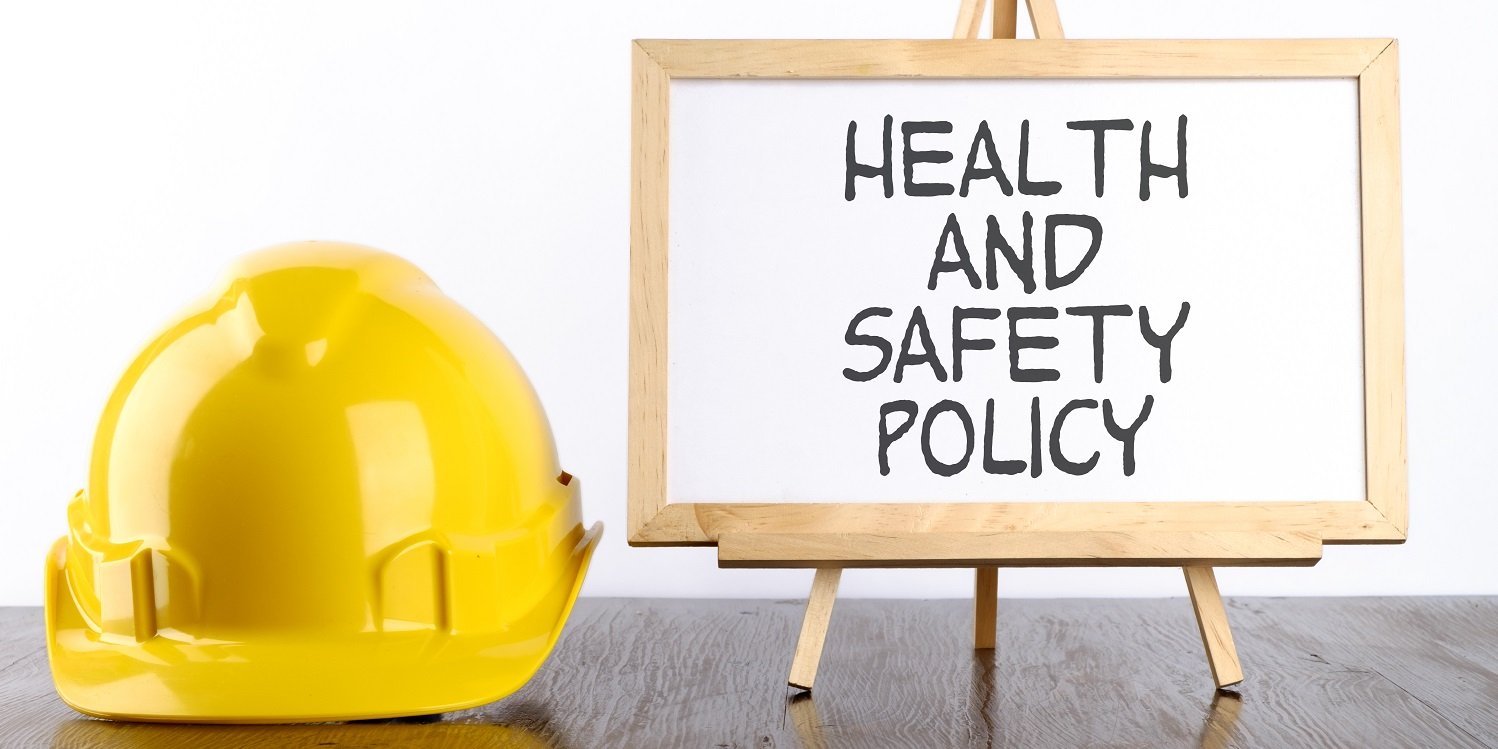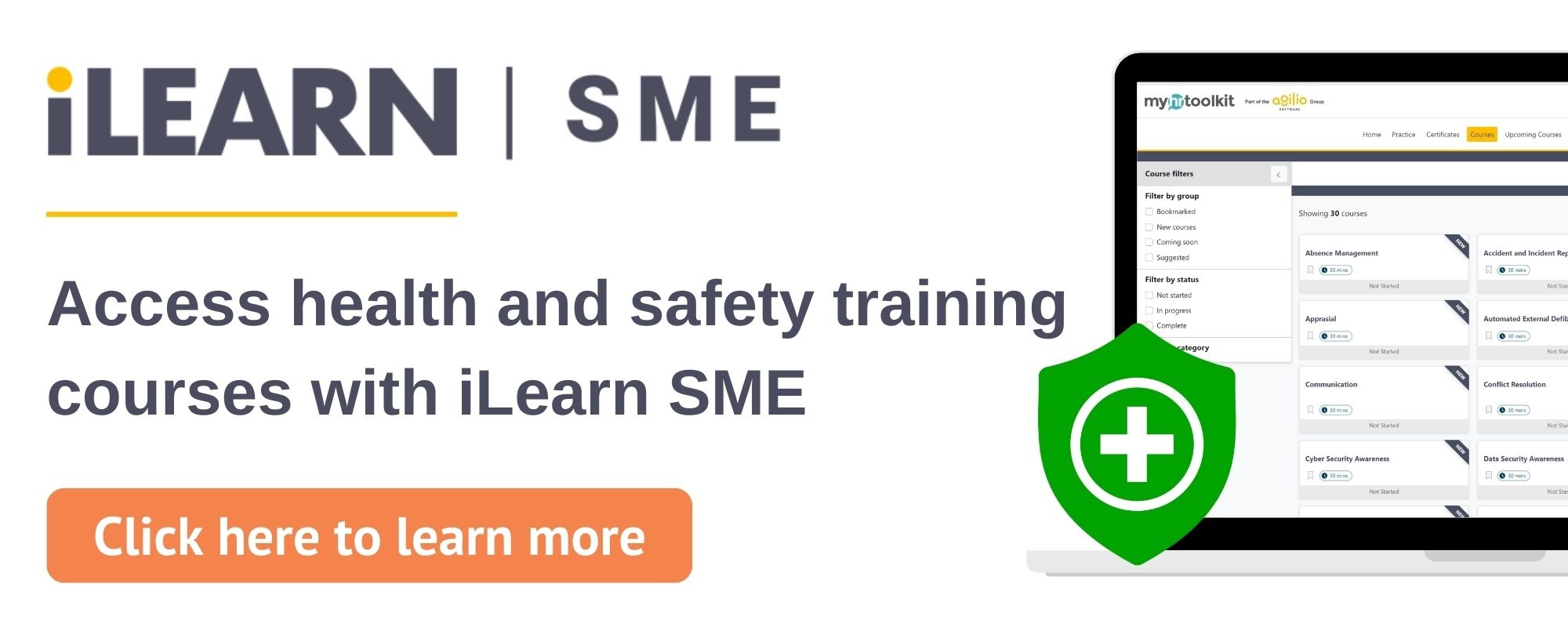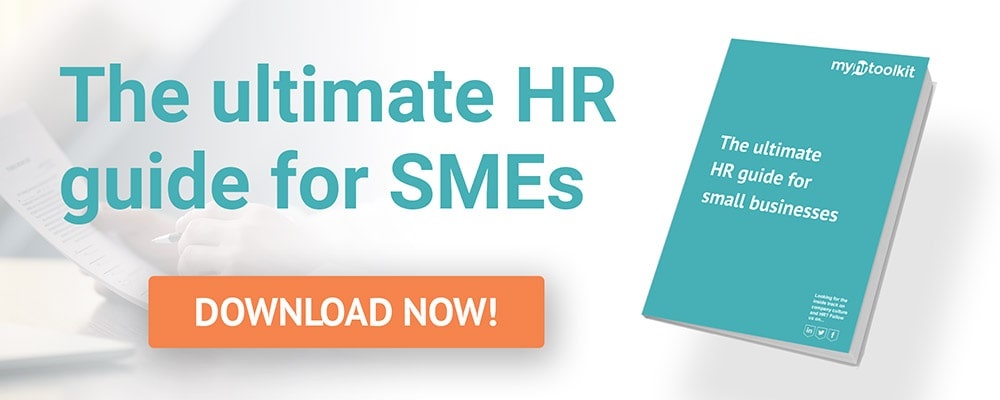Health & Safety Director Aidan Green runs through the main health and safety responsibilities of employers who have 5 or more staff in this handy overview guide, including information on the key health and safety regulations SME employers should know about.
“We haven’t had any accidents, so we must be safe”.
Over the years I have spoken to many employers with this opinion. I have also visited clients that have only contacted a health and safety consultant following an improvement notice from the HSE safety inspectors or due to an accident on site.
An old client once said to me, “I have been in business for over 25 years and I didn’t realise I needed all this paperwork”. By paperwork, he meant documented risk assessments, method statements, and a health and safety policy. Why did he need these things? Because he employs more than 5 staff.
Employers’ health and safety responsibilities
Many employers see health and safety as a necessity and feel that they do ensure the safety and welfare of their employees. However, in this post, I will quote health and safety legislation to ensure that employers know what their legal requirements are and show employers that moral duty takes precedent to protect their staff and promote good work-related health.
The law must be followed and this post will outline what you need to do and where you can get the information you need. As an employer, you must remember that health and safety is an essential part of the job and not an addition.
Health and Safety at Work Act

The main responsibilities for employers under the Health and Safety at Work Act are summed up in section 2 of the act, which states: “it shall be the duty of every employer to ensure, so far as is reasonably practicable, the health, safety and welfare of their employees at work”.
In compliance with this section of the Health and Safety at Work Act, employers have a duty to provide:
- Safe work equipment and safe systems of work
- Safe use, handling, storage, maintenance and transport of articles and substances
- Necessary information, instruction, training, and supervision
- A safe place of work, with safe access and egress
- A safe working environment with adequate welfare facilities
Businesses can ensure that they discharge their employer health and safety duties by following the regulations that sit under the framework of the Health and Safety at Work Act. These regulations set out the legal requirements and best practice for employers.
Management of Health and Safety at Work Regulations
The Management of Health and Safety at Work Regulations 1999 is one set of regulations that all employers should become familiar with. These are in place to ensure companies take care of all those who work in conjunction with their employees, contractors, clients, or customers.
The aim of the regulations is to reduce damage by assessing all potential risks and to create action plans for emergencies. This regulation introduced the requirement to complete a Risk Assessment. Regulation 3 states that ‘every employer shall make a suitable and sufficient assessment of the risks to the health and safety of his employees and of persons not in his employment’.
It is vital for employers to know that the following groups require specific risk assessments:
New or expectant mothers
Specific risks must be assessed for the work being undertaken. If these cannot be avoided by preventive or protective measures, there is a need for employers to either alter working conditions/hours of work or provide suitable alternative work for new or expectant mothers.
Learn more: How to do a risk assessment for pregnant employees
Young people
A young person is anyone under the age of 18. If an employer employs a young person, the manager must complete a risk assessment and this must be given to the young person to review and understand. It is advised that a letter and a copy of the risk assessment be sent home to the young person’s guardians to ensure they are aware of the work being undertaken and the risks involved. It is also advised that young persons should not carry out any lone working.
Getting assistance with health and safety provisions

Regulation 7 of the Management of Health and Safety at Work Regulations states that every employer shall appoint one or more competent persons to assist him in undertaking the measures they need to take to comply with the requirements and prohibitions imposed upon them by or under the relevant statutory provisions. This can be achieved either by ensuring that you employ someone with health and safety qualifications such as a NEBOSH certificate, or you could employ the services of a health and safety adviser who can assist with this.
RIDDOR
Employers also have health and safety obligations and responsibilities under the Reporting of Injuries, Diseases and Dangerous Occurrences Regulations 2013 commonly referred to as RIDDOR.
RIDDOR is the law that requires employers, and other people in control of work premises, to report and keep records of:
- Work-related accidents which cause death
- Work-related accidents which cause certain serious injuries (reportable injuries)
- Diagnosed cases of certain industrial diseases
- Certain ‘dangerous occurrences’ (incidents with the potential to cause harm)
Employers’ obligations to report incidents
Reporting certain incidents is a legal requirement. The report informs the enforcing authorities (HSE, or local authorities) about deaths, injuries, occupational diseases, and dangerous occurrences. They can then identify where and how risks arise, and whether they need to be investigated. This allows the enforcing authorities to target their work and provide advice about how to avoid work-related deaths, injuries, ill health, and accidental loss.
Promoting health and safety at your workplace
You can ensure the health and safety of your employees when planning work and talking about health and safety with your staff. This could include toolbox talks, safety committee meetings, and demonstrating safe behaviour. Your employees may not always follow what you say, but they will imitate what you do. Always remember to lead by example as you are the ‘front line’ of safety.
It’s also important to make sure that your health and safety policy and other relevant documentation are easy for staff to access and read regularly so everyone is familiar with your health and safety rules and reporting processes. This can be made easier by using cloud based health and safety software to store documentation, record incidents, and make note of employees in vulnerable categories such as pregnant workers and lone workers.
Find out how to manage health and safety documentation and processes more effectively with health and safety software.
I hope this article highlights the importance of health and safety as a key employment rights issue, rather than simply seeing this as ‘red tape’. Health and safety has not ‘gone mad’ - it has just got better. Managing Health and Safety will not only ensure that you discharge your moral and legal duties to your employees, but it will also enhance your reputation as a business. In turn, not only will you see your profits increase, but you will also have a healthy and happy workforce under your employment.
Related articles
Coronavirus in the workplace: how to keep employees safe
Employers' legal responsibilities in managing a return to the office

Written by Aidan Green
Aidan Green is Director of Health & Safety at Quest Consulting Services and a Chartered Member of the Institution of Occupational Safety and Health. He helps clients in the Yorkshire area develop strong Health & Safety strategies to keep their staff safe.


 Holiday Planner
Holiday Planner Absence Management
Absence Management Performance Management
Performance Management Staff Management
Staff Management Document Management
Document Management Reporting
Reporting Health and Safety Management
Health and Safety Management Task Management
Task Management Security Centre
Security Centre Self Service
Self Service Mobile
Mobile





